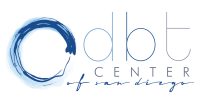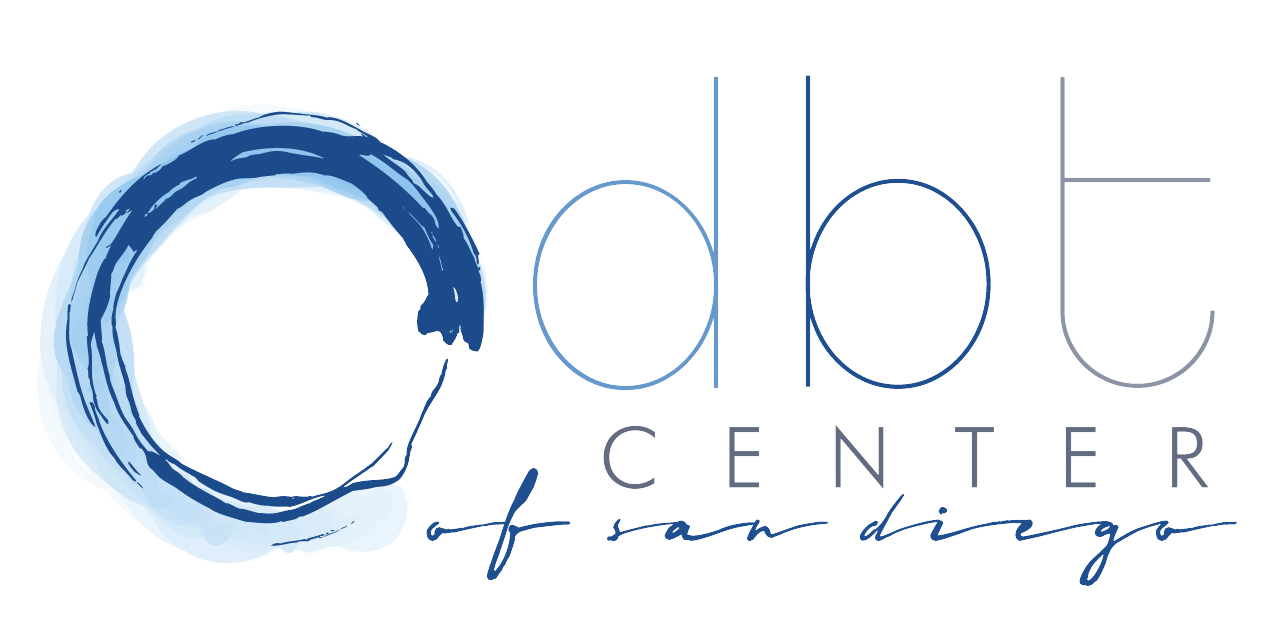Biofeedback Training
We offer a 10-session emotion regulation training focused on paced breathing that is intended to be added to other forms of therapy, including standard Dialectical Behavior Therapy (DBT).
This training program teaches you to breathe at your optimal breathing pace (known as your resonance frequency), which increases your resilience to stressors, and your ability to regulate your emotions when triggered. Research studies have found that breathing slowly at the resonance frequency is effective at improving emotion regulation by activating the parasympathetic nervous system (opposite to the “fight or flight” response) and increasing physiological harmony. Optimal slow breathing results in lowered blood pressure and heart rate and a general sense of peace and well-being.
Breathing at the resonance frequency has a much greater benefit than breathing at a rate even slightly slower or faster. When you are at resonance frequency, your breathing is synchronized with the natural rise and fall of each heart rate cycle, which maximizes your heart rate variability (HRV) (increasing resilience) and activates the emotion regulation response in your body (calming you down). Therefore, it is important to determine your own individual resonance frequency, as it differs from person to person. Our training program utilizes HRV biofeedback to provide personalized data about your breathing patterns and heart rate cycle, enabling us to coach you to your optimal pace.
For a full description of resonance frequency breathing and its physiological effects, read this handout or view one of the videos below.

Program Overview
During the first session, we determine your personal resonance frequency pace. Using HRV biofeedback, you will see your breathing and heart rate on a computer screen, observe the heart rate changes that occur with each breath, and learn to repeat your most effective breaths.
The next several sessions focus on coaching you to maintain your optimal breathing pace, breathing smoothly from the abdomen, without relying on a breathing pacer.
In the final sessions, you practice maintaining your optimal breathing pace in the presence of emotion triggers so that you can learn to regulate when you get triggered.
Your primary therapist (generally not the breathing coach) should then help you continue to practice in increasingly stressful and emotional situations in and out of therapy sessions, and should also apply other cognitive-behavioral strategies focused on solving and coping with issues that create stress and anxiety.
Preparing for Biofeedback
Please fill out our intake form to request help at DBTCSD. We will contact you within 1-2 business days to discuss your needs and schedule your first session.
Please read and complete the following forms prior to your first session. These forms and questionnaires are necessary for us to begin therapy with you. Filling them out ahead of time will allow us to start your therapy more quickly. If you prefer, you may arrive early and complete these forms in our waiting room or during your first session.


